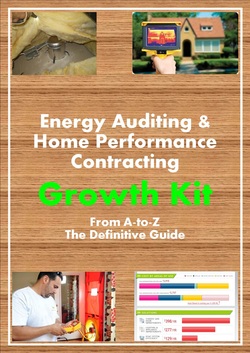Passing the BPI Exam With Energy Auditor Training
FREE BPI PRACTICE EXAMPUT YOUR HOME PERFORMANCE BUSINESS ON ROCKET FUELGET THE NEWSLETTERTo get FREE updates and information about all the BPI Exams, please enter your name and email below.
|
BPI Written Exam - Section 3 Measurement & Verification of Building Performance2. Understand Building Shell / Envelope Leakage As A
|

